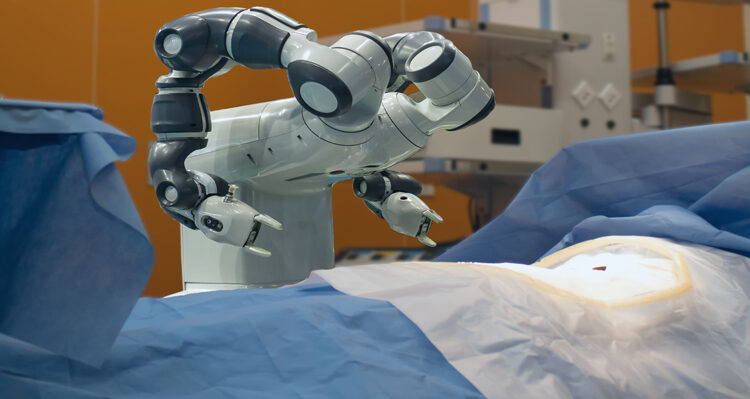Space Junk Tracking Facility
India sets up observatory to track orbital debris
ISRO’s indigenous Project NETRA (Network for space object Tracking and Analysis) is rapidly evolving into a national space debris tracking powerhouse. In April May 2025, ISRO inaugurated a new phased array radar in Chandrapur, Assam, and continues upgrading its Bengaluru SSA (Space Situational Awareness) Control Centre. NETRA’s expanded capabilities now allow tracking debris over 10 cm in Low Earth Orbit (LEO) and larger objects in Geostationary Orbit (GEO).
Why It Matters
The rise in orbital congestion from satellites, defunct spacecraft, and leftover rocket stages poses collision threats to vital Indian space assets. NETRA was conceived to bolster Indian autonomy in collision avoidance decisions, previously dependent on foreign data, and has since evolved into a robust national system .
Capabilities & Infrastructure
Multi Object Tracking Radar (MOTR) at Sriharikota began in 2015.
The Bengaluru control centre is now integrated with new radars across Assam and high altitude optical sensors at Ponmudi, Mount Abu, and Leh.
NETRA’s phased arrays in Assam complement optical assets to detect sub 10‑cm debris in LEO and larger GEO objects .
Regional & Global Impact
NETRA enhances India’s capacity to independently forecast orbital conjunctions and alert satellite operators before collisions. It also aligns India with global SSA standards sharing data through Inter‑Agency Space Debris Coordination Committee (IADC) partnerships.
Future Plans
ISRO is planning guided debris removal missions under its Debris Free Space Missions initiative and additional NETRA installations nationwide. Efforts are also underway to integrate space weather and asteroid tracking functionalities within the same network.
Outlook
With NETRA's rapid maturation, India is asserting strategic autonomy in safeguarding orbital assets. As space becomes busier, capabilities like NETRA will be pivotal in sustaining orbital sustainability and preserving long term access to space.





 India’s Software Sector Driving Industrial 4.0 Revolution
India’s Software Sector Driving Industrial 4.0 Revolution  China offers to mediate Thailand Cambodia border dispute through friendly dialogue
China offers to mediate Thailand Cambodia border dispute through friendly dialogue  Robotic Diagnostics Transform Healthcare Accessibility in India
Robotic Diagnostics Transform Healthcare Accessibility in India  Heritage Building Restoration Gets Green Light, Preserving City’s History
Heritage Building Restoration Gets Green Light, Preserving City’s History  New Scholarship Scheme Empowers Rural Students to Dream Bigger
New Scholarship Scheme Empowers Rural Students to Dream Bigger